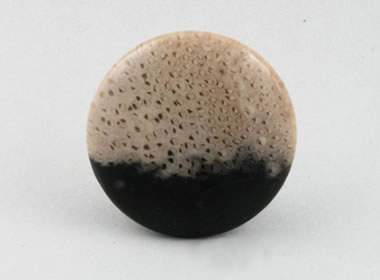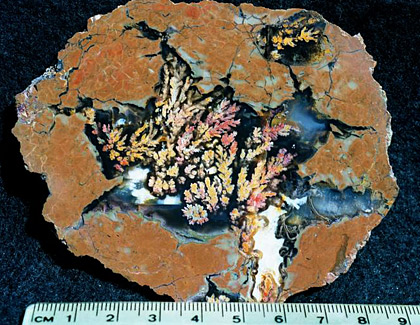
Photo by James St. John, https://www.flickr.com/photos/jsjgeology/18281224591/
On July 21, 1967, the mineral galena was adopted as the official mineral of Missouri. Galena is the major source of lead ore, and the recognition of this mineral by the state legislature was to emphasize Missouri’s status as the nation’s top producer of lead. Galena is dark gray in color and breaks into small cubes. Mining of galena has flourished in the Joplin-Granby area of southwest Missouri, and rich deposits have been located in such places as Crawford, Washington, Iron and Reynolds counties. (RSMo 10.047)
Source: http://sos.mo.gov/symbols/symbols.asp?symbol=mineral
The specimen pictured is from the Southeast Missouri Mining District in Reynolds County, MO.






